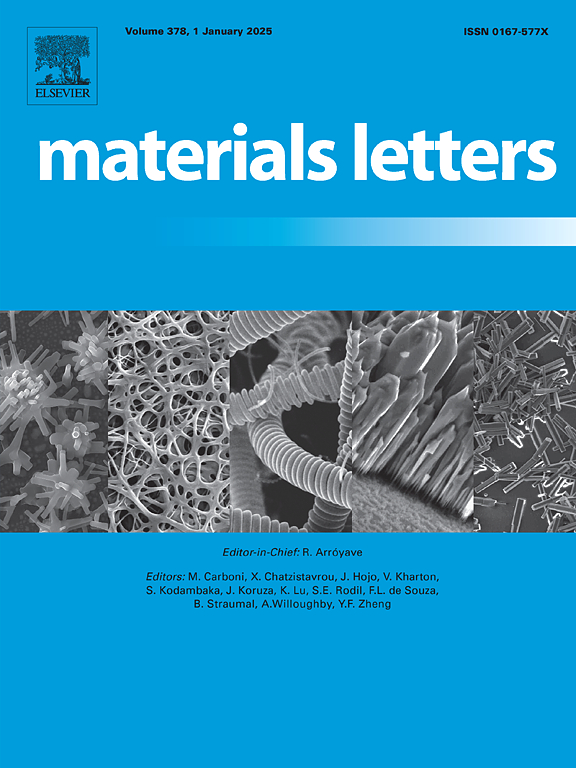Corrosion performance of ZnO-Based hybrid coated mild steel in concrete pore solutions
IF 2.7
4区 材料科学
Q3 MATERIALS SCIENCE, MULTIDISCIPLINARY
引用次数: 0
Abstract
Zinc oxide (ZnO) is recognized for its excellent barrier properties and compatibility with various coating matrices, making it a promising material for corrosion protection. This study evaluates the effectiveness of different ZnO-based coatings, including ZnO-epoxy, ZnO-PVDF (polyvinylidene-fluoride), a ZnO/epoxy-PVDF hybrid, and ZnO applied via electrolytic deposition, in reducing corrosion of mild steel in high-pH environments, typical of concrete pore solutions. Corrosion performance was assessed using Open Circuit Potential (OCP), Tafel polarization (TP), weight loss analysis, and Field Emission Scanning Electron Microscopy (FESEM). The results indicate that the ZnO-epoxy-PVDF hybrid coating offers the highest corrosion resistance, with the lowest corrosion rate, highest inhibition efficiency, and minimal surface degradation, as observed in FESEM images. This study highlights the potential of combining ZnO with PVDF and epoxy to improve mild steel durability in aggressive alkaline environments significantly.
求助全文
约1分钟内获得全文
求助全文
来源期刊

Materials Letters
工程技术-材料科学:综合
CiteScore
5.60
自引率
3.30%
发文量
1948
审稿时长
50 days
期刊介绍:
Materials Letters has an open access mirror journal Materials Letters: X, sharing the same aims and scope, editorial team, submission system and rigorous peer review.
Materials Letters is dedicated to publishing novel, cutting edge reports of broad interest to the materials community. The journal provides a forum for materials scientists and engineers, physicists, and chemists to rapidly communicate on the most important topics in the field of materials.
Contributions include, but are not limited to, a variety of topics such as:
• Materials - Metals and alloys, amorphous solids, ceramics, composites, polymers, semiconductors
• Applications - Structural, opto-electronic, magnetic, medical, MEMS, sensors, smart
• Characterization - Analytical, microscopy, scanning probes, nanoscopic, optical, electrical, magnetic, acoustic, spectroscopic, diffraction
• Novel Materials - Micro and nanostructures (nanowires, nanotubes, nanoparticles), nanocomposites, thin films, superlattices, quantum dots.
• Processing - Crystal growth, thin film processing, sol-gel processing, mechanical processing, assembly, nanocrystalline processing.
• Properties - Mechanical, magnetic, optical, electrical, ferroelectric, thermal, interfacial, transport, thermodynamic
• Synthesis - Quenching, solid state, solidification, solution synthesis, vapor deposition, high pressure, explosive
 求助内容:
求助内容: 应助结果提醒方式:
应助结果提醒方式:


